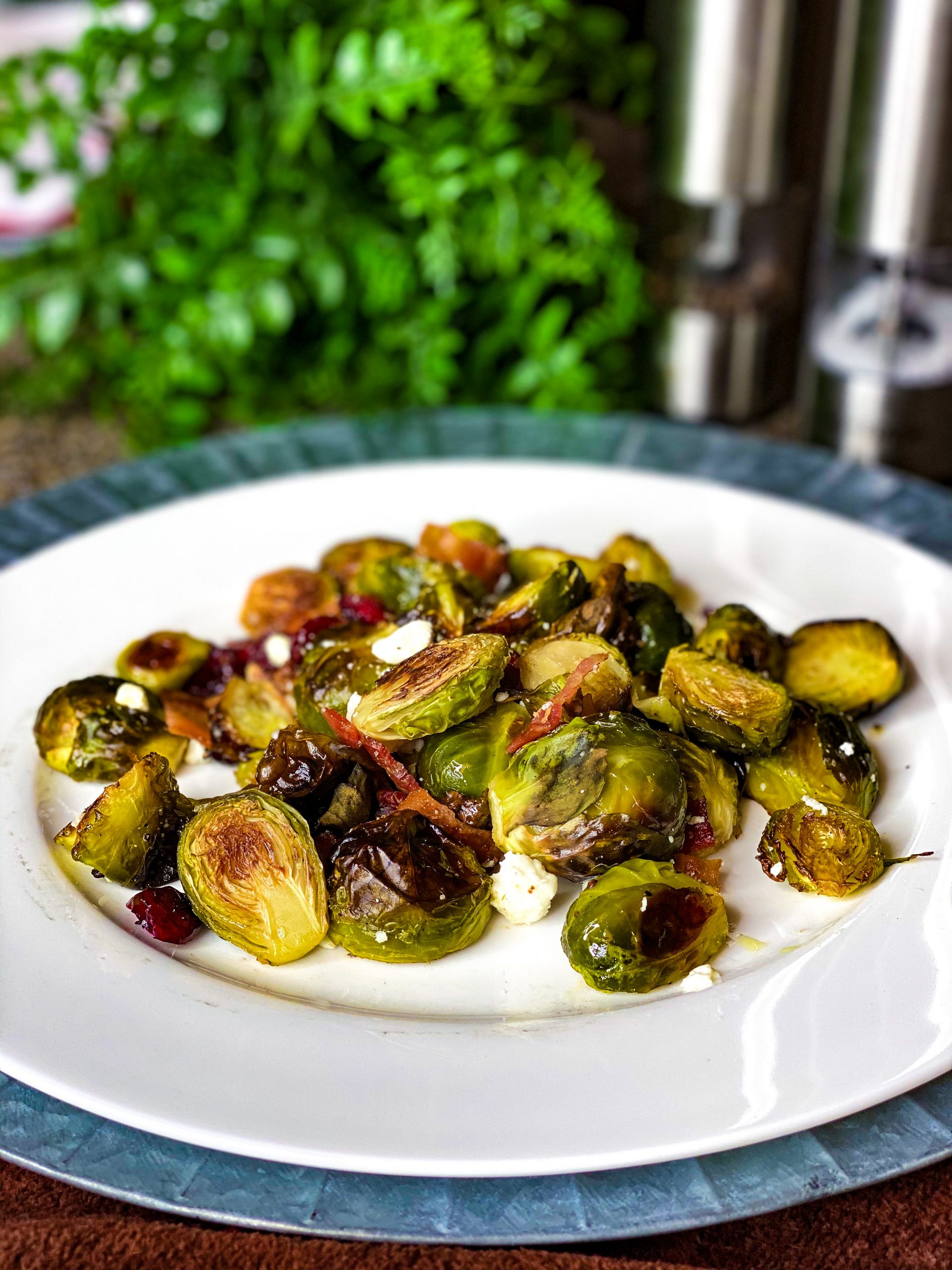Jack-O-Lantern Citrus and Granola Parfait
December 10, 2019
Roasted Brussels Sprouts for the Holidays
December 16, 2019You’ve probably heard a lot about omega-3 fatty acids. You know you can find them in fish and other healthy fats, and you know you need them- but you might wonder what exactly being an ‘omega-3’ fatty acid means. Well, without going into all of the science-y details, it has to do with the number and position of certain double bonds that hold the fatty acid together.
Omega-3 fatty acids are an essential nutrient. This means that we have to have them, but our body doesn’t make them so we have to make sure we are getting them in our diet. Some common omega-3’s are DHA and EPA.
Okay, so now we know what they are, but why are they good for us?
While omega-3’s are pretty well known for their benefits to the heart(like lowering the risk of coronary heart disease and the amount of “bad” cholesterol), they have a lot of other MEGA benefits as well. They can also help reduce inflammation and lower the risk of certain cancers and arthritis. They can help increase bone strength and decrease the chances of developing osteoporosis. They are also crucial for cognitive development in children and infants in the womb, as well as for eye health and helping the body absorb other nutrients. Some studies have even shown that omega-3’s can help slightly improve ADHD symptoms and depression in children.
Recommended Adequate Intakes vary at each stage of childhood:
- 0 to 12 months: 0.5 grams/day
- 1 to 3 years: 0.7 grams/day
- 4 to 8 years: 0.9 grams/day
- 9 to 13 years (boys): 1.2 grams/day
- 9 to 13 years (girls): 1.0 grams/day
- 14 to 18 years (boys): 1.6 grams/day
- 14 to 18 years (girls): 1.1 grams/day
A lot of people tend to add a fish-oil supplement (containing omega-3’s) to their diet, but experts recommend trying to get this nutrient from foods before supplements. It’s actually fairly easy to find sources of omega-3’s in foods like:
- Fish (but the type of fish is important): salmon, halibut, herring, sardines, and tuna to name a few
- Chia seeds
- Grass fed beef
- Eggs(make sure to use the whole egg!), milk, juice, and yogurt are very often fortified with omega-3’s
- Peanut butter
- Flaxseed
- Oatmeal
- Walnuts
- Leafy greens like kale and spinach, brussels sprouts, and parsley
- Canola oil, flaxseed oil, and cod liver oil
It is recommended that we get 2 fish meals per week in order to meet the omega-3 needs, but what if your kiddos aren’t feeling the fish? There are other ways to sneak them in there!
We’ll talk about those next week, and we’ll even throw in a recipe rich in omega-3’s for you, so make sure to check back in so you don’t miss it!


